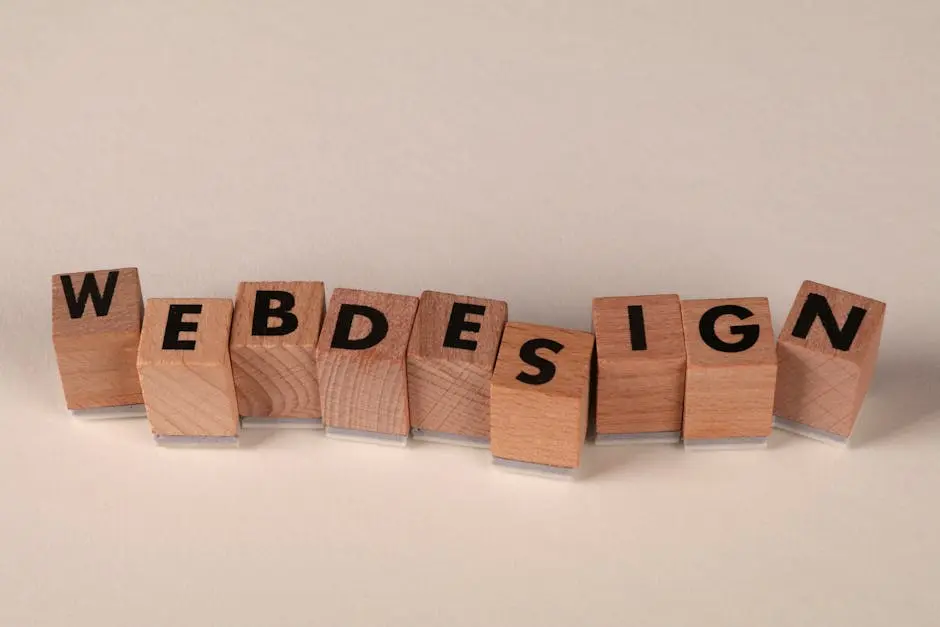How Does Website Design Influence User Engagement?
In today’s digital landscape, the design of a website plays a crucial role in capturing the attention of visitors and keeping them engaged. But how exactly does website design influence user engagement? In this FAQ, we will explore key elements of web design and their impact on user behavior, making it easier for you to understand the connection between design and engagement.
Understanding User Expectations
Users arrive at a website with certain expectations based on design principles. Meeting these expectations can enhance their engagement.
When a website aligns with user expectations, it builds trust. For instance, if the design is clean and professional, visitors feel more inclined to explore further. In contrast, a cluttered or outdated look can drive users away almost instantly.
Furthermore, users often anticipate intuitive navigation. Clear menus and predictable layouts not only improve satisfaction but also increase the likelihood that visitors will interact with various elements on the site.
In essence, when users feel comfortable, they are likely to engage more deeply. That’s why understanding user expectations is fundamental to effective website design.
Importance of Visual Appeal
A visually appealing design can captivate users and encourage them to explore more content, thus increasing engagement.
The first impression matters greatly in the digital world. Bright, inviting colors or striking images can draw users into your website, much like a well-arranged storefront would entice passersby. Think of it as your digital handshake; the nicer it is, the warmer the welcome!
Moreover, aesthetically pleasing websites tend to stand out in crowded markets, which can lead to higher rates of user retention. When users enjoy the visual experience, they are more likely to linger and interact with your content.
Additionally, a cohesive palette and harmonious visual elements can create a sense of trust and professionalism, making users feel secure as they navigate your site.
Ultimately, investing time in visual design pays off, as it has the power to transform casual visitors into engaged users.
Enhancing Usability
Usability is a key factor in user engagement. A website that is easy to navigate encourages users to interact more effectively.
Intuitive interfaces and clear calls-to-action help guide users seamlessly through content. If they can find information quickly and easily, they’re more likely to stay on the site longer and return in the future.
An underappreciated aspect of usability is performance. Fast loading times and smooth transitions contribute to an overall pleasant experience, which is essential for keeping users engaged and reducing bounce rates.
To further enhance usability, consider conducting user testing. Real feedback from actual users can highlight pain points and areas needing improvement, ensuring your website is truly user-friendly.
In conclusion, usability not only enhances user engagement but also builds a significant relationship between users and the website.
Creating Emotional Connections
Great design goes beyond looks; it evokes emotions. Engaging designs that resonate emotionally can lead to increased loyalty and repeat visits.
By incorporating storytelling elements and relatable visuals, you can create a connection that users will remember. This is particularly effective for brands that want to forge stronger relationships with their audience.
Furthermore, design elements such as fonts, imagery, and color schemes can evoke certain feelings. For example, warm colors can create a feeling of comfort, while bold choices might inspire excitement. Understanding your brand’s message and audience can guide these decisions.
Additionally, incorporating personal touches, like user testimonials or community features, helps in making a website feel more welcoming and relatable.
In summary, emotional connections made through design can significantly enhance user engagement, as visitors are more likely to return to places that evoke positive feelings.
Optimizing for Mobile Devices
With more users accessing websites via mobile devices, responsive design is vital for maintaining user engagement across platforms.
Mobile devices bring their own set of browsing habits and challenges. For instance, users may be using small screens, which requires careful consideration of button sizes, text readability, and image scaling.
Ensuring your website is mobile-friendly means that users can engage with your content regardless of where they are or what device they use. This flexibility is crucial for maximizing reach and retaining users.
Moreover, AMP (Accelerated Mobile Pages) technology can be employed to enhance load times, making for a much smoother mobile experience. This can be a game-changer, as studies show that slower loading times can lead to higher bounce rates.
In essence, optimizing for mobile is not just an option; it is a necessity in today’s browsing environment, ultimately leading to better engagement across the board.
Wrapping Up
Ultimately, effective website design is not just about aesthetics; it’s about creating an experience that fosters user engagement. By focusing on usability, visual appeal, and emotional connection, you can create a website that invites users to stay longer, interact more, and come back often.










